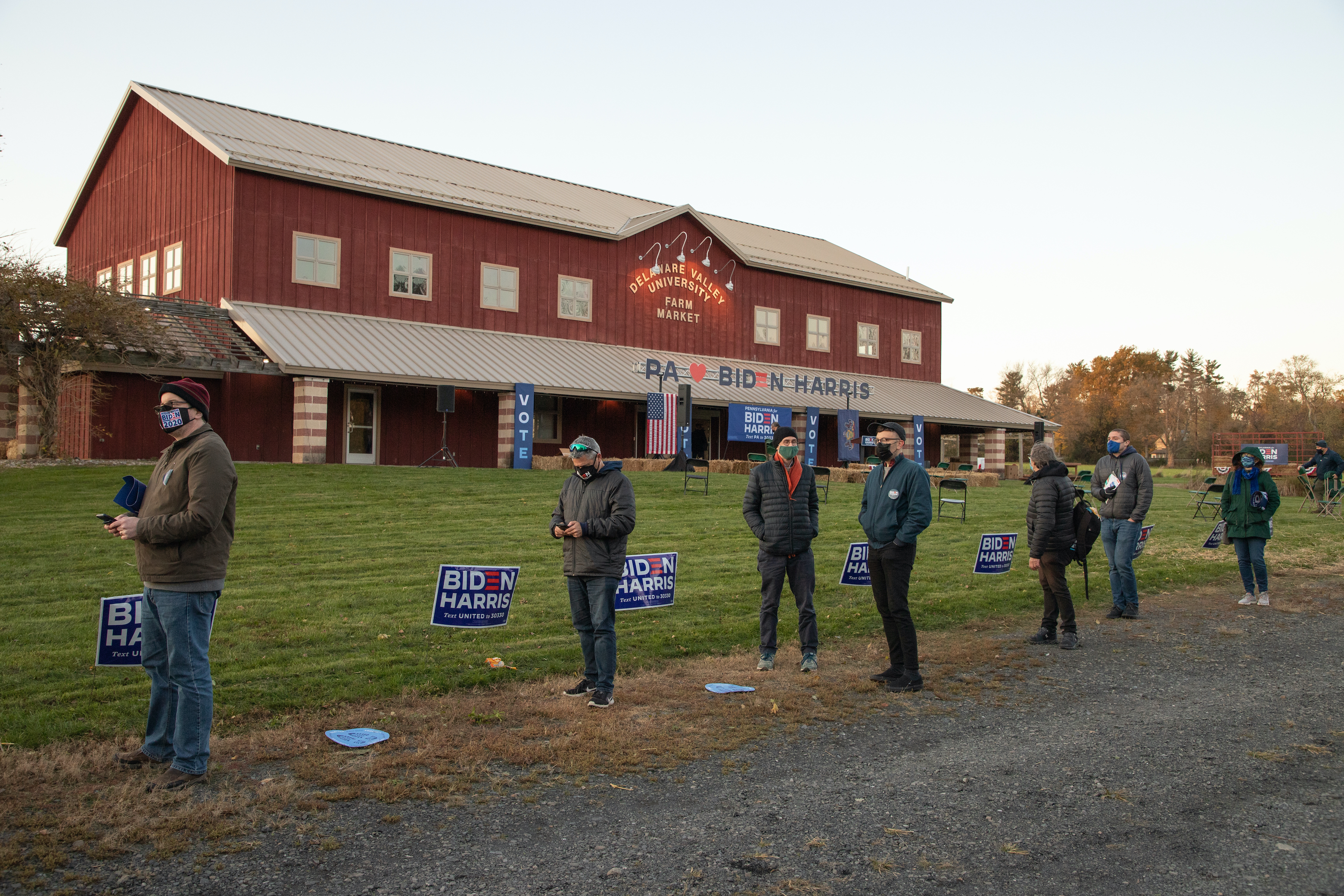Let’s do a quick thought experiment. Imagine stepping into an elevator and realizing that the man next to you is President-elect Joe Biden. You have 30 seconds to urge him to focus on a particular issue. What would it be?
Earlier this week, I invited leaders from food and agriculture to play that game. Specifically, I asked them what Biden’s administration should do to accelerate progress toward a more sustainable food system. I got more responses than I can share in a single newsletter, so I’ll be rolling out answers weekly until the end of the year. Here are three — spanning farm spending, technical support and farmers of color — to get the conversation started.
No need to wait for Congress
One of the most encouraging responses emphasized that there’s a lot Biden can do without additional support from Congress.
“The U.S. Department of Agriculture can take advantage of tools and money it already has to help farmers transition to more climate-friendly practices that can also lead to improved farm economic resilience in the long term,” said Chris Adamo, vice president of federal and industry affairs at Danone North America. “Via the Farm Bill, the department spends approximately $6 billion annually on conservation practices. As part of its conservation funding, the USDA could prioritize soil health through cover crops, crop diversification and other regenerative practices, and partner with the private sector to leverage resources.”
Adamo added: “The current administration has also spent over $30 billion compensating farmers for COVID and trade-related losses. However, many farmers may not be in a better situation in the short term. If we’re going to continue to pay for market losses, it may be better to invest with diversity, equity and climate in mind.”
Boots on the ground
The federal government also can help support ongoing private sector projects in food and ag, where many companies are already working to cut greenhouse gas emissions from agriculture and to regenerate farmland and waterways.
“To support this transition, the USDA should boost farmer and rancher program service delivery through more boots-on-the-ground technical assistance,” said Debbie Reed, executive director of the Ecosystem Services Market Consortium. “There continues to be a real need for technical assistance to transfer knowledge, outcomes and benefits to working farmers and ranchers.”
If we’re going to continue to pay for market losses, it may be better to invest with diversity, equity and climate in mind.
Particularly when it comes to conservation programs, this support needs to recognize that different farmers have different needs, Reed added. In practice, this means it needs to be place-based and flexible enough to allow farmers and ranchers to improve environmental impacts without incurring excessive risk. One way to deliver this, suggested Reed, would be to rebuild the ranks of the USDA’s Natural Resources Conservation Service, which have fallen dramatically over the past two decades.
Protect farmers of color
Black farmers sometimes refer to the USDA as “the last plantation” due to the agency’s long history of discriminating against farmers of color. The results of this lack of support have been devastating. A century ago, there were a million Black farmers in the United States. Now just 45,000 remain, each earning, on average, one-fifth of what white farmers do.
That history is why Leah Penniman, co-director and manager of Soul Fire Farm in upstate New York, is urging Biden to enact protections and support for farmers of color. These include expanded access to credit, crop insurance and technical assistance; independent review of farmland foreclosures; and debt forgiveness programs where discrimination has been proven. (If you’re interested in learning more about this issue, Penniman helped create Elizabeth Warren’s policy proposals in this area, which remain some of the most ambitious.)
What would you say to Biden during your shared elevator ride? Let me know at [email protected]. I’ll include as many responses as possible in Food Weekly during the transition period.
This article was adapted from the GreenBiz Food Weekly newsletter. Sign up here to receive your own free subscription.

